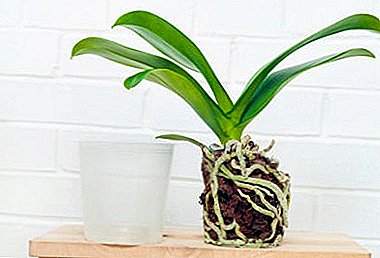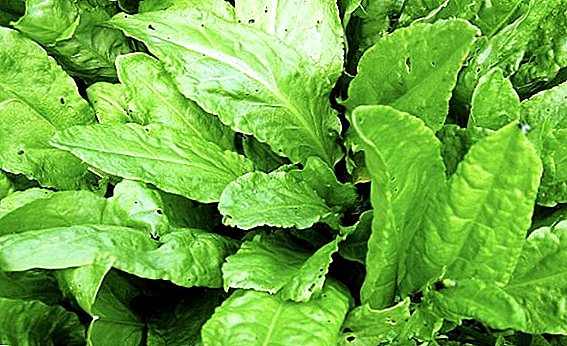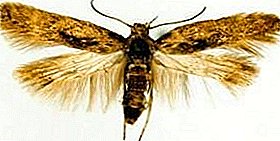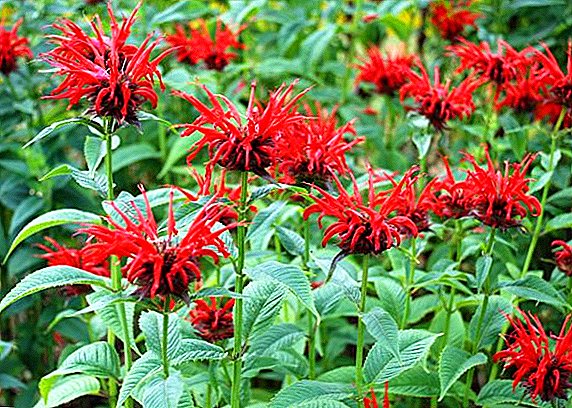
Aspergillosis is an infectious disease caused by Aspergillus fungi, which affects the serous membranes and the respiratory system. This disease can occur in any pet.
As a rule, poultry has one of two forms of the disease: Sharp. Such aspergillosis is characterized by strong outbreaks in young animals.
At the same time, morbidity and mortality are at a high level. Chronic. It is usually observed in adult breeding individuals.
It can also be entire poultry houses and individual birds from an adult flock. The disease becomes chronic quite rarely. This happens when birds live in a limited space.
What is aspergillosis in birds?
Aspergillosis is sick both domestic and wild birds. Accordingly, all individuals should be considered as potential carriers of infection.
Aspergillus fungi, due to which this disease occurs, were found in poultry in the early 19th century.
Most often, aspergillosis suffers ducks, swans, jays, turkeys and chickens. Under natural conditions, the young are considered to be the most sensitive to the pathogen.
 For the first time, mold fungi were found in the respiratory system of birds in 1815.
For the first time, mold fungi were found in the respiratory system of birds in 1815.
It was A. Meyer in Germany who found Aspergillus in the bronchi and light feathery.
Later, in 1855, G. Fresenius in the course of research revealed a mushroom in the bustard respiratory system.
These were air sacs and lungs. The scientist called the find Aspergillusfumigatus. The disease itself became known as aspergillosis.
Over time, it turned out that such an infection occurs in many mammals and even in humans. This is the most common mold mycosis, which is registered in many countries around the world.
The disease causes enormous economic damage to poultry farms. So, the death of young stock varies between 40-90%.
Causative agents of the disease
 In poultry, aspergillosis occurs due to Apergillus flavus and fumigatus.
In poultry, aspergillosis occurs due to Apergillus flavus and fumigatus.
Sometimes it may be some other microorganisms. It is known that such fungi are most often found in the soil, feed grain and reproductive matter.
Mushrooms are not afraid of temperature exposure. They are actively developed even at 45 ° C. Some species of Aspegillus are resistant to chemicals, including disinfectant fluids.
Infection occurs by aerogenic and alimentary. Most often, individuals become ill, although sometimes aspergillosis becomes more widespread.
Its outbreak occurs only when there is a certain number of microorganisms. In this case, usually the source of the disease becomes infected litter in the house.
Also, the reason may be a violation of resistance caused by stress, improper diet or use of immunosuppressive drugs.
Sick animals and birds - this is another source of infection, because their secretions infect the equipment in the room and food.
Course and symptoms
Poultry is most often infected by the alimentary route, that is, fungi enter the body along with the food in which they are contained.
Less commonly, birds suffer from inhalation of spores. The maximum susceptibility of chickens is noted at the incubation stage. Thus, a gelatinous suspension with Aspergillusfumigatus can get onto the surface of the eggs.
The main symptoms are:
- dyspnea;
- rapid breathing;
- labored breathing.
In advanced cases, wheezing may be heard. Infected birds have no appetite, they are emaciated and sleepy. When infected with certain types of microorganisms, there may be a loss of balance, as well as torticollis.
Depending on the age of the bird, the disease may be acute, subacute or chronic. The incubation period usually lasts 3-10 days.
In the acute course, the bird sharply becomes inactive and almost completely refuses to feed. She has ruffled feathers and lowered wings.
Over time, the individual appears shortness of breath and discharge from the nasal cavity. The acute form usually lasts from 1 to 4 days, while the mortality is 80-100%.
 Recently, in Russia, alopecia in chickens in households is common. Know the enemy in the face!
Recently, in Russia, alopecia in chickens in households is common. Know the enemy in the face!You do not know how to warm the house? Read about foam floor insulation in this article!
Subacute form often lasts a week, a little less - 12 days. A sick bird has difficulty breathing fast., and the individual pulls his head and opens the beak wide.
Since aspergillosis often affects the air sacs, whistling and wheezing is heard during inhalation. Later there is a lack of appetite, great thirst and diarrhea. Birds usually die from paralysis.
Diagnostics
For a diagnosis requires a range of laboratory tests. Most often, the diagnosis is carried out after the death of the bird. All samples must be collected using certain antiseptics.
The resulting material is sown on an appropriate nutrient medium. This is usually dextrose based agar or Czapek's solution.
Serological tests have no special value. This is due to the uncharacteristic nature of the antigens.
Treatment
 When a diagnosis is confirmed in a sick bird, nystatin is treated as an aerosol.
When a diagnosis is confirmed in a sick bird, nystatin is treated as an aerosol.
Typically, this procedure takes 15 minutes and is performed 2 times a day. In addition, as a drink you need to give a mixture of 60 ml of water and 150 mg of potassium iodide. Special attention should be paid to the diet and conditions of detention.
Another treatment option involves the feeding of nystatin at the rate of 350 IU per liter of water and aerosol treatment of the room for 5 days.
At 1 m3 will be enough 10 ml of iodine solution 1%. A good result is provided by spraying iodine monochloride or Berenil solution 1%.
After eliminating the source of infection, the bird should be rehabilitated. So, it is necessary to exclude from the diet all food affected by Aspergillus mushrooms.
The room in which the sick individual was kept must be disinfect with sodium hydroxide solution 1% or an alkaline solution of formaldehyde 2-3%.
For the rehabilitation of equipment and the whole house should choose Virkon-S. After this treatment, it is recommended that the room be whitewashed with a slaked lime suspension of 10–20%.
Prevention
 As a preventive measure, tanks for drinking water and feed should be cleaned and disinfected daily.
As a preventive measure, tanks for drinking water and feed should be cleaned and disinfected daily.
To prevent the infection from spreading aspergillosis, it is necessary to add a solution of copper sulfate to the water for birds in a ratio of 1: 2000.
However, this method can not be considered the most reliable. Experts do not recommend using it too often.
As a preventive measure, the use of Aspergillusfumigatus based vaccines is allowed. To reduce the number of microorganisms should regularly ventilate the room. Natural ventilation is best for this purpose.
If an outbreak of the disease still occurs in a poultry farm, a whole set of activities:
- identification of all sources of infection;
- exclusion from the diet of suspicious feed;
- the slaughter of sick birds who have already started paralysis;
- disinfection of the room in the presence of birds;
- timely destruction of litter and all litter.
Thanks to this competent approach, bird mortality can be reduced or infection can be avoided altogether.












